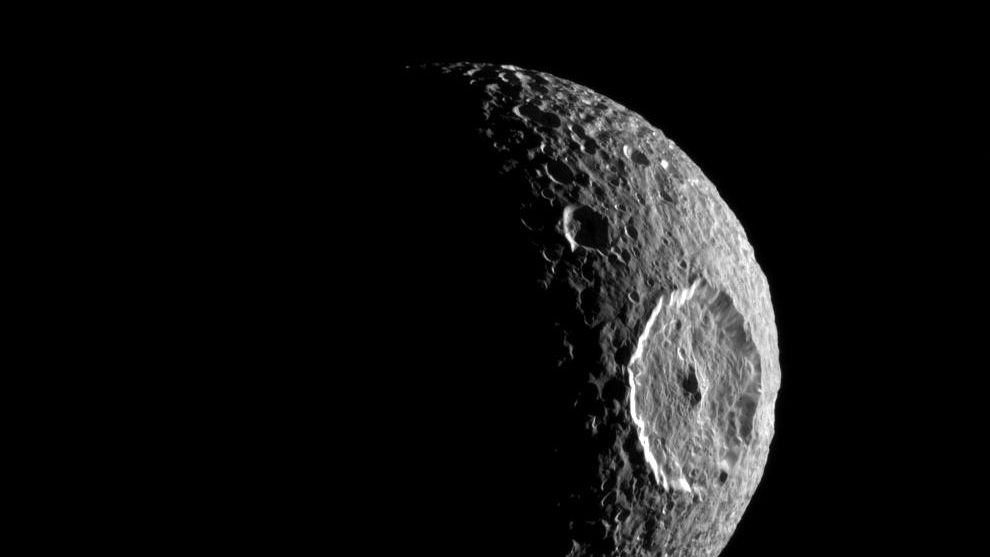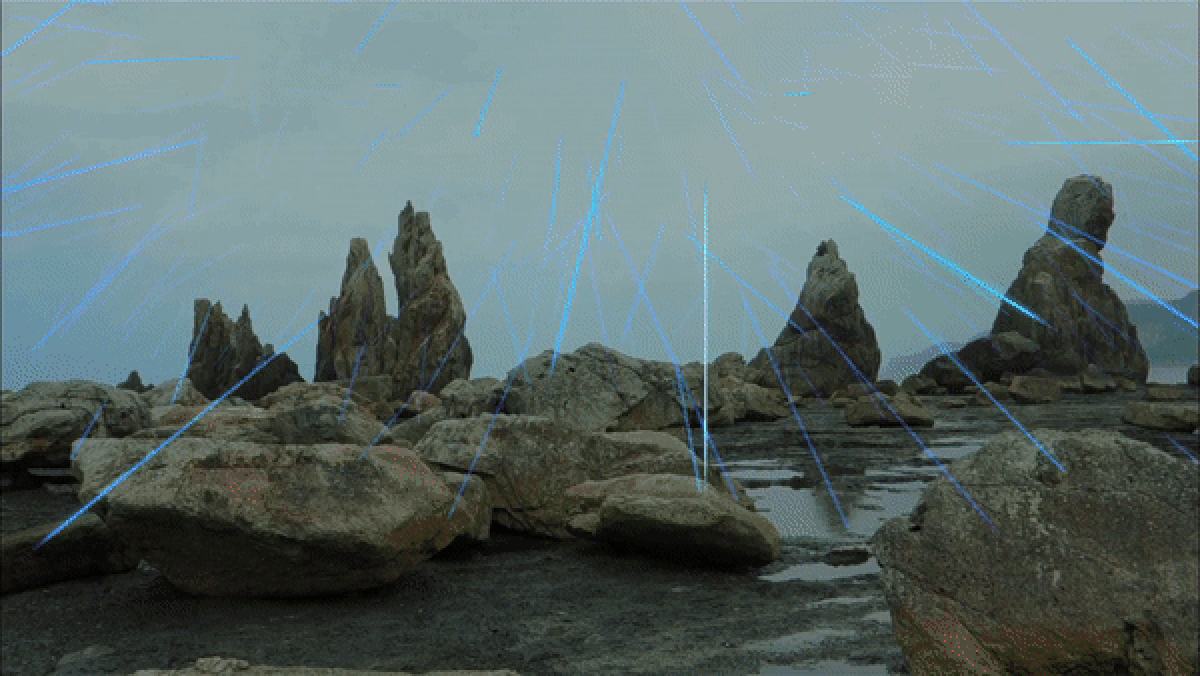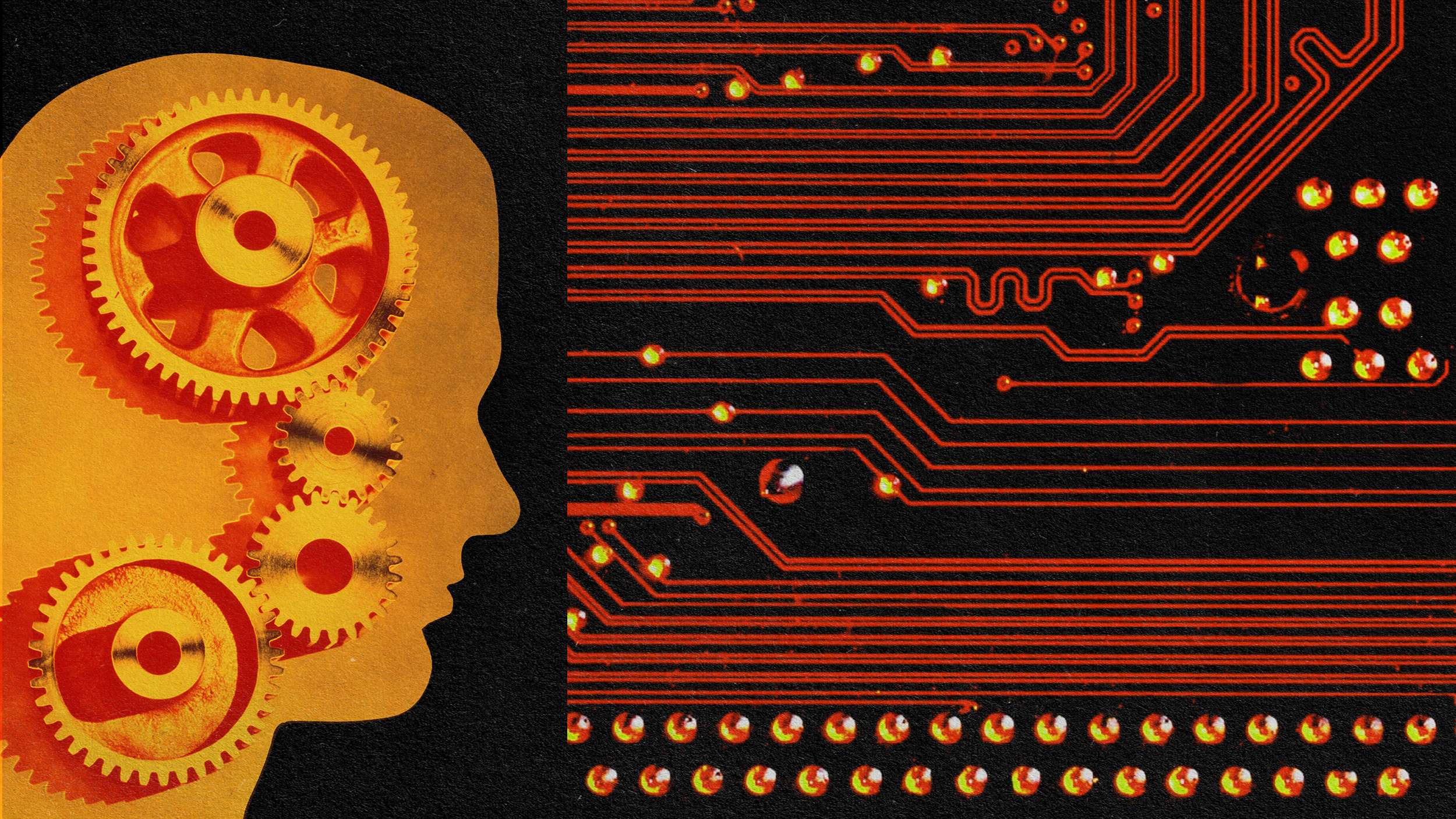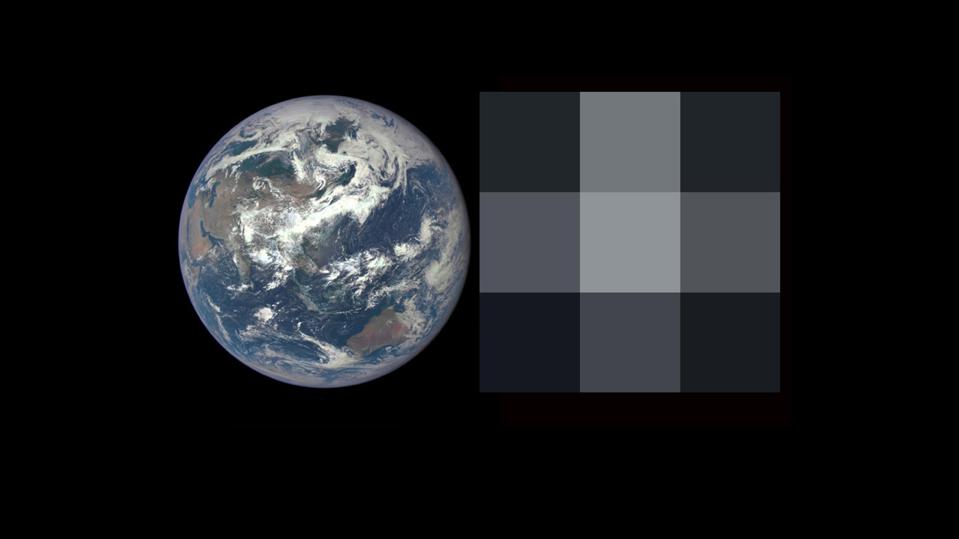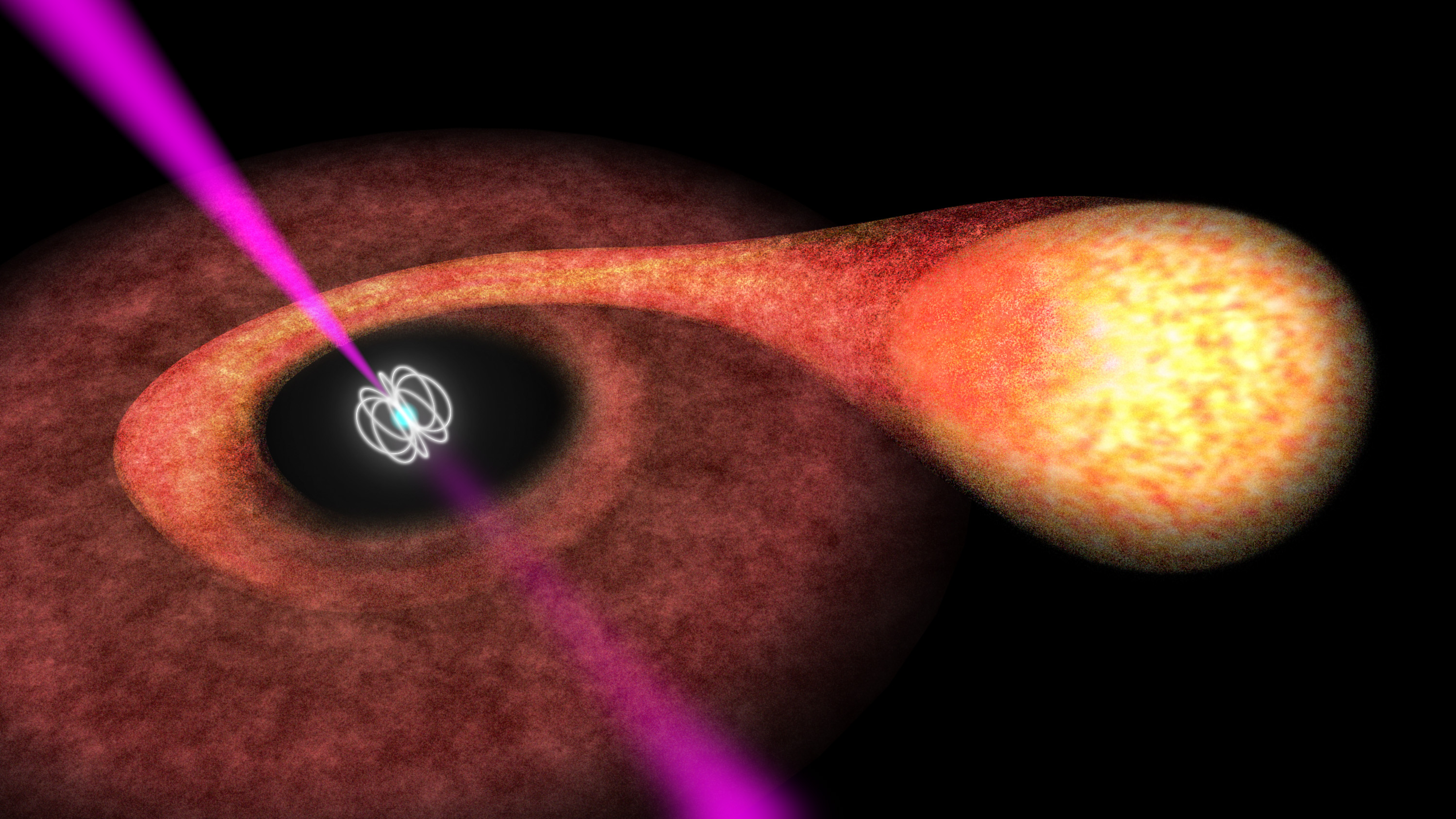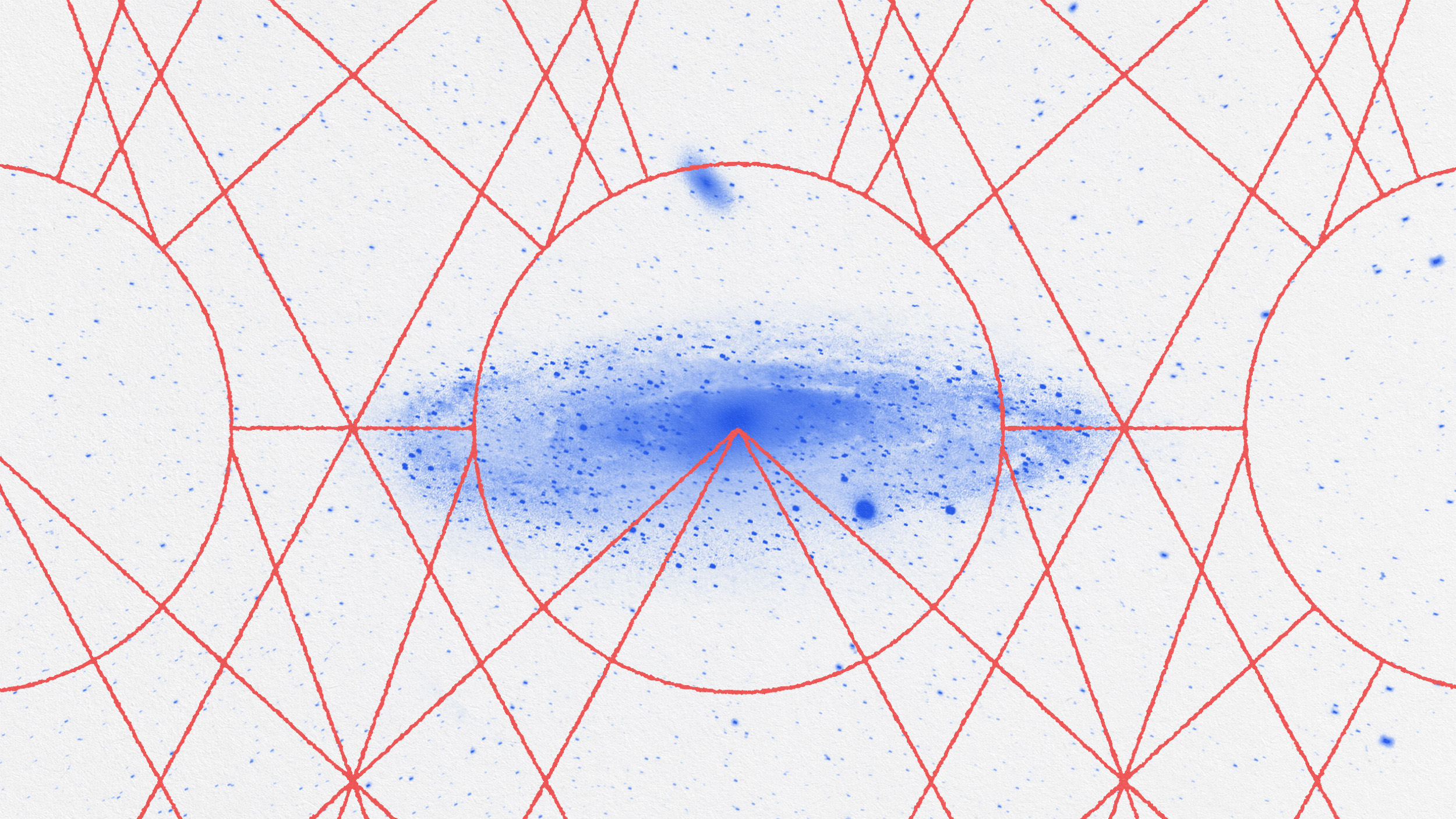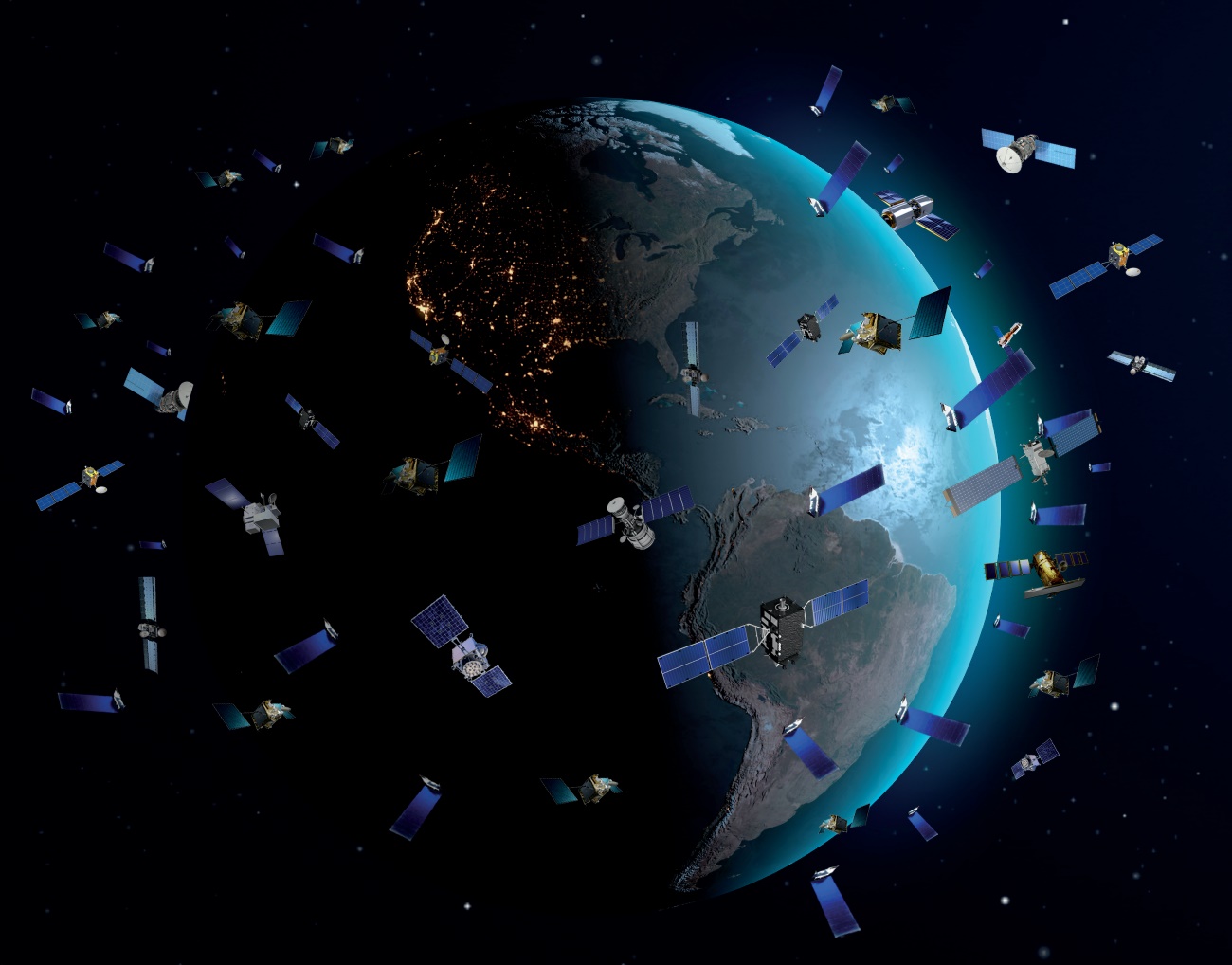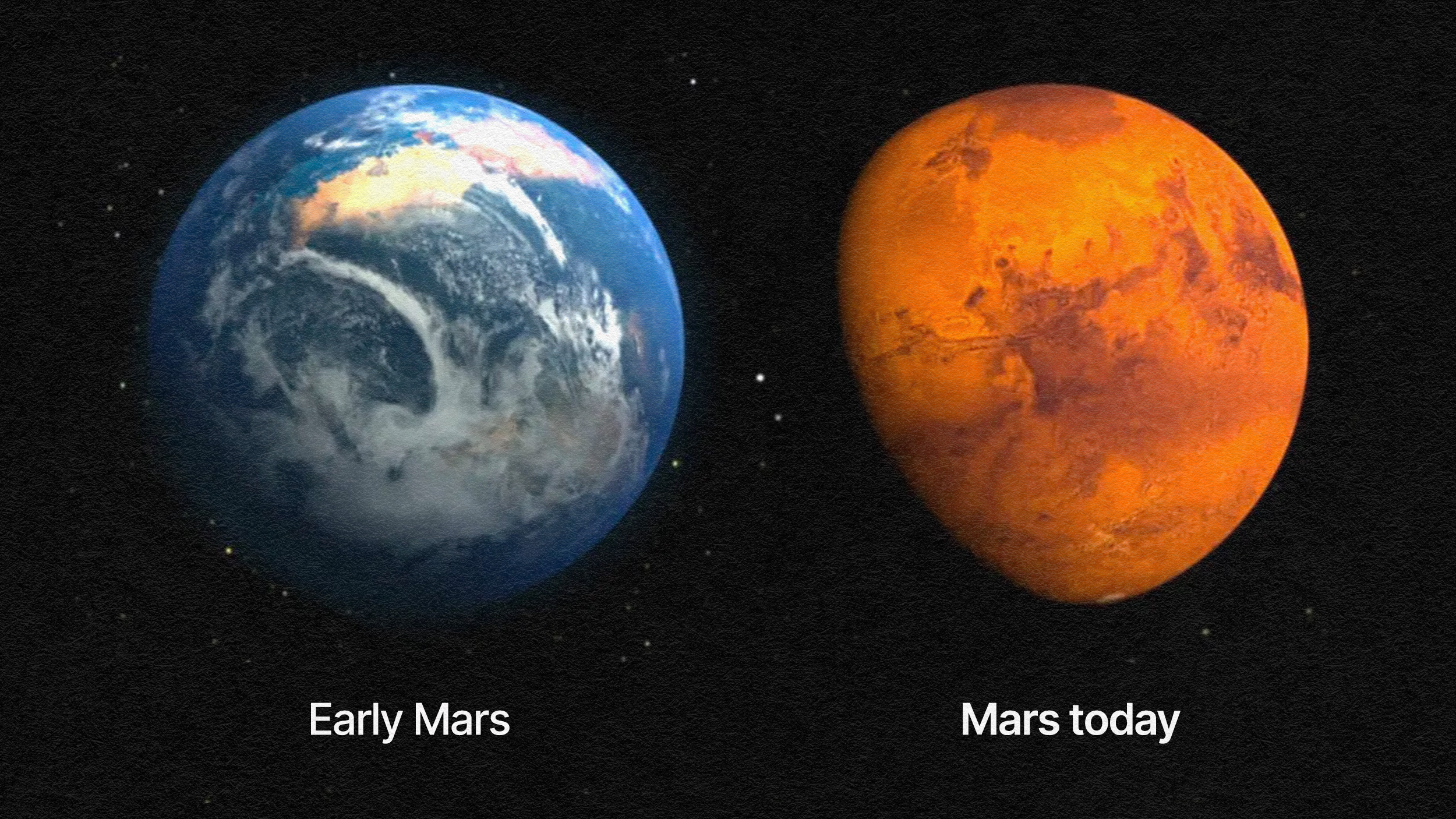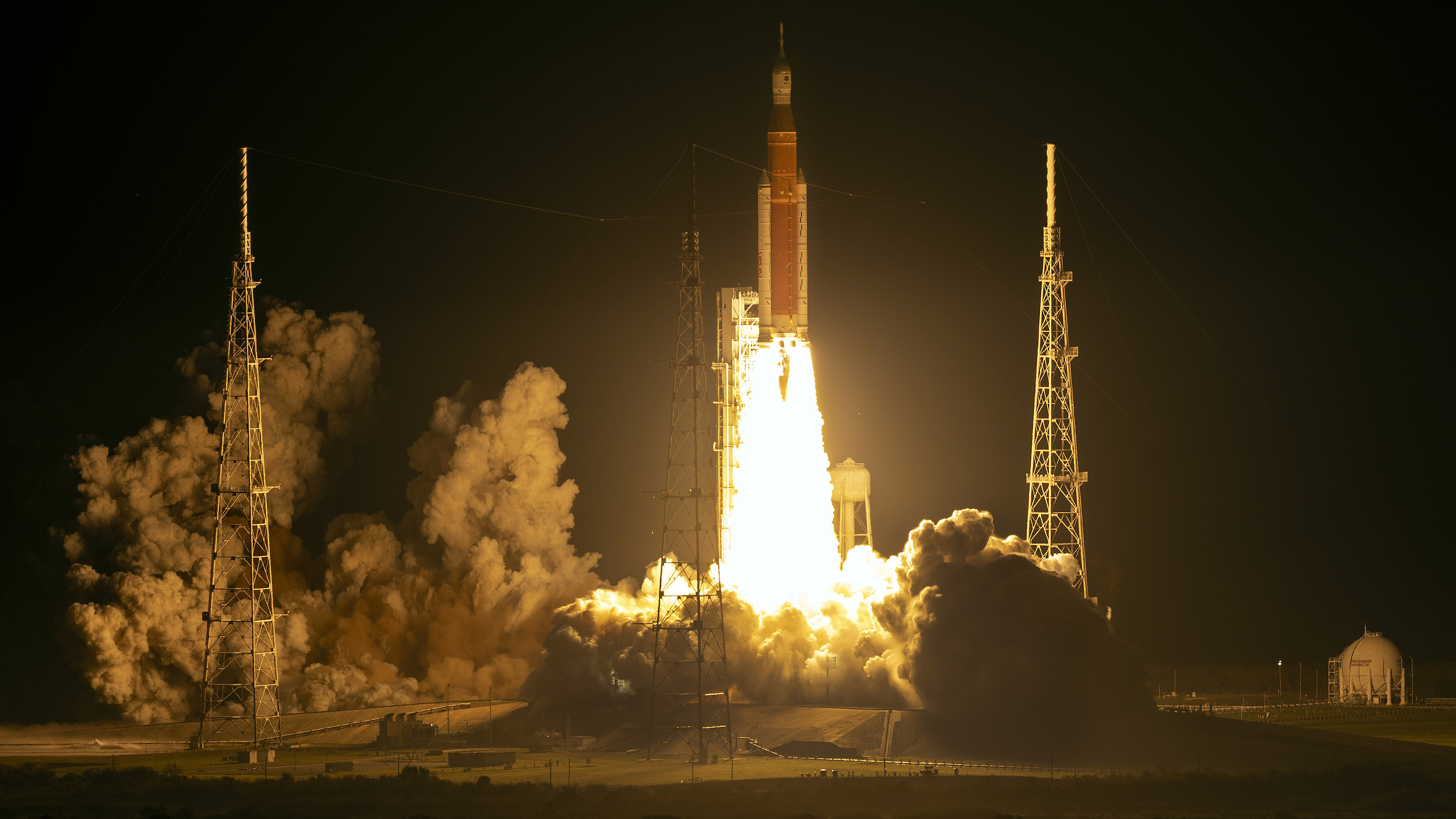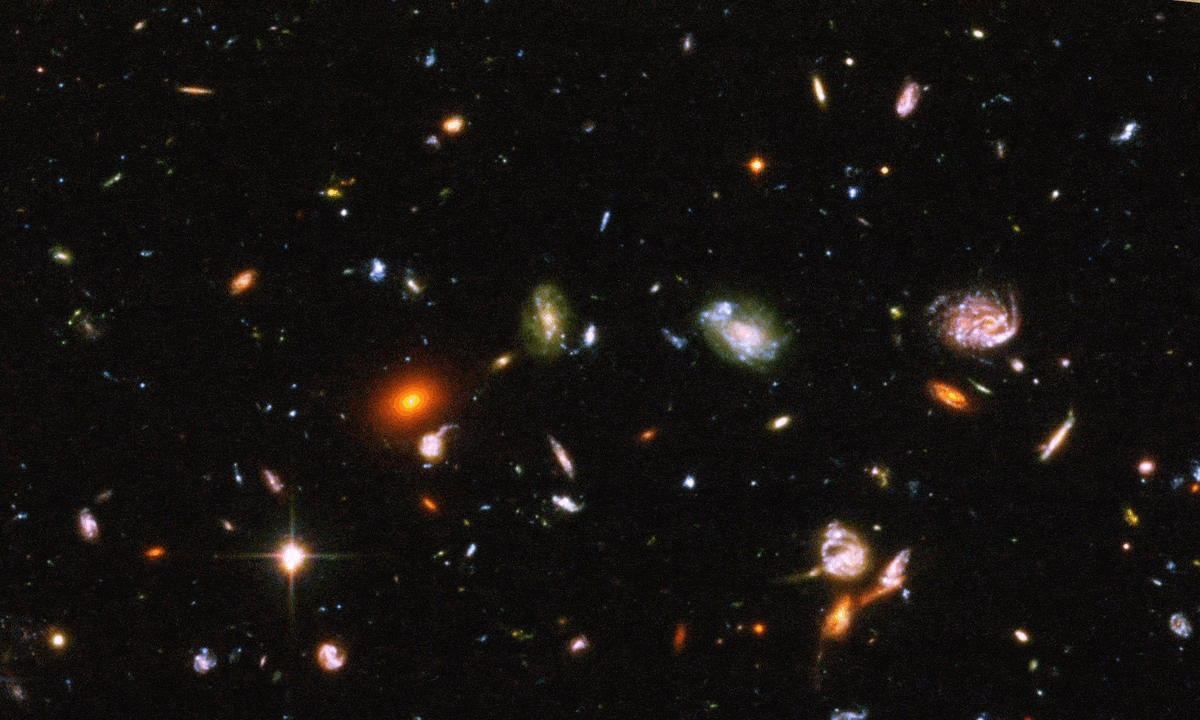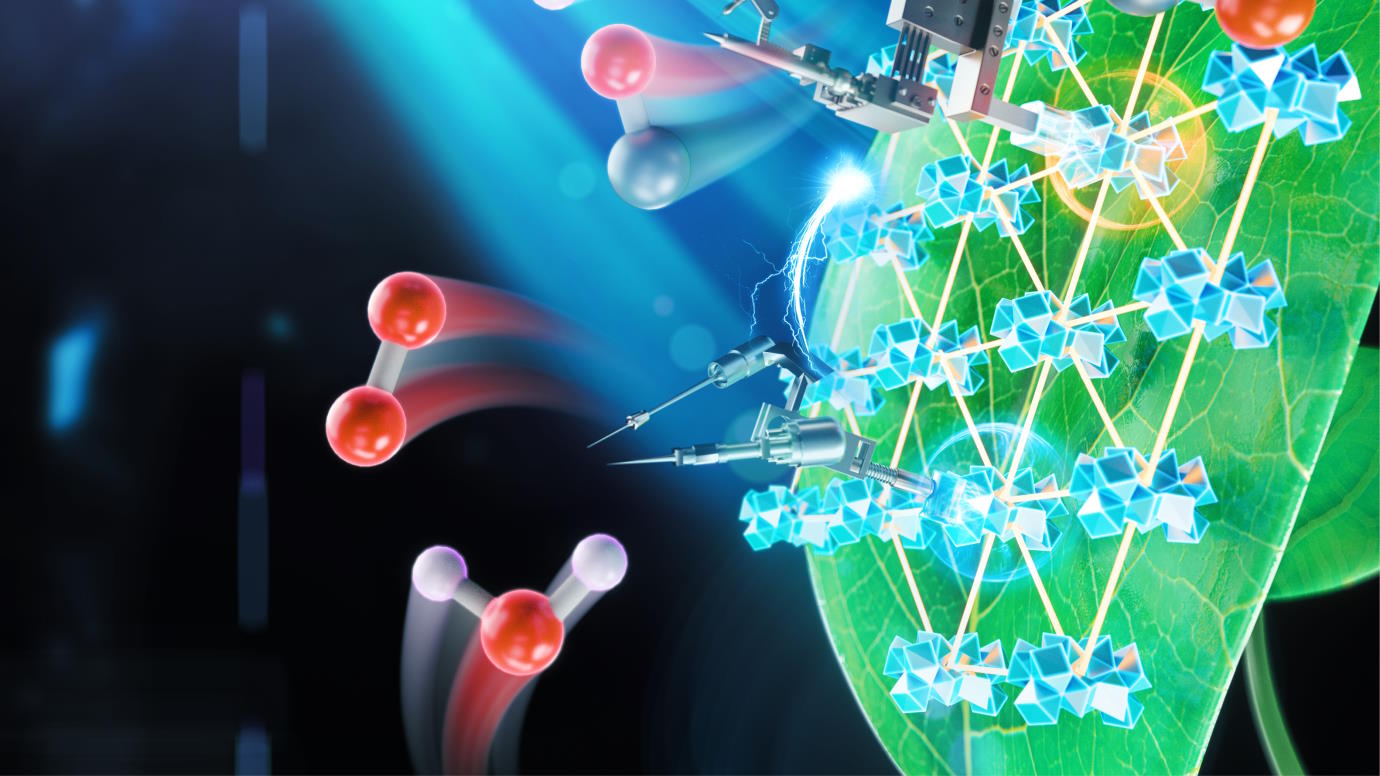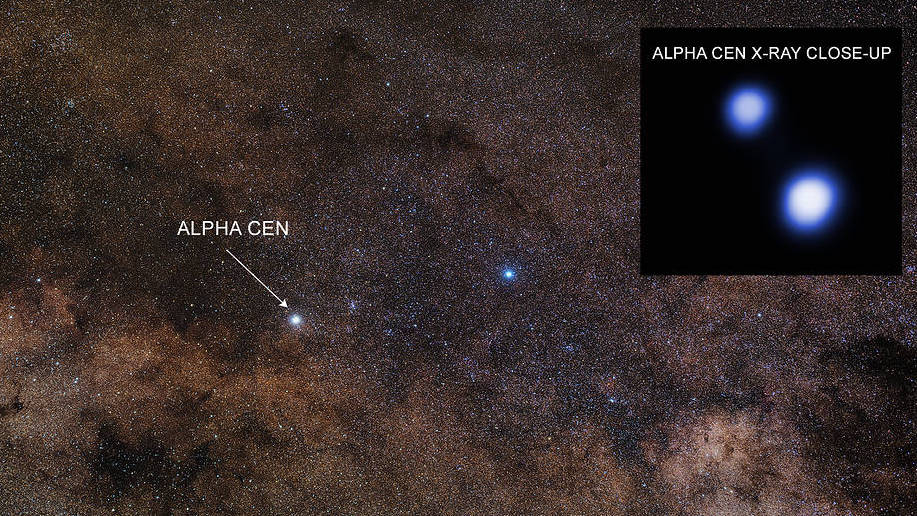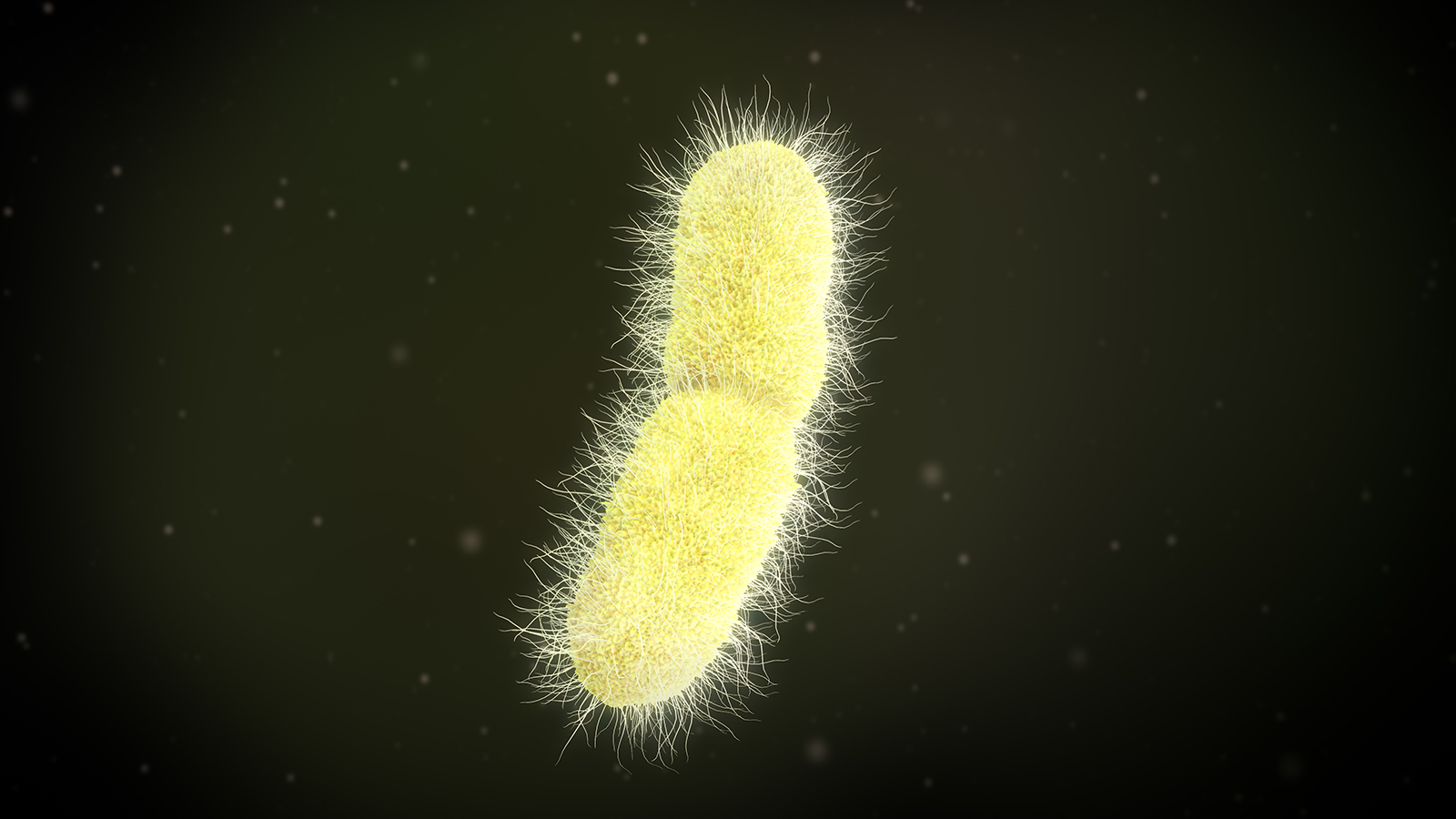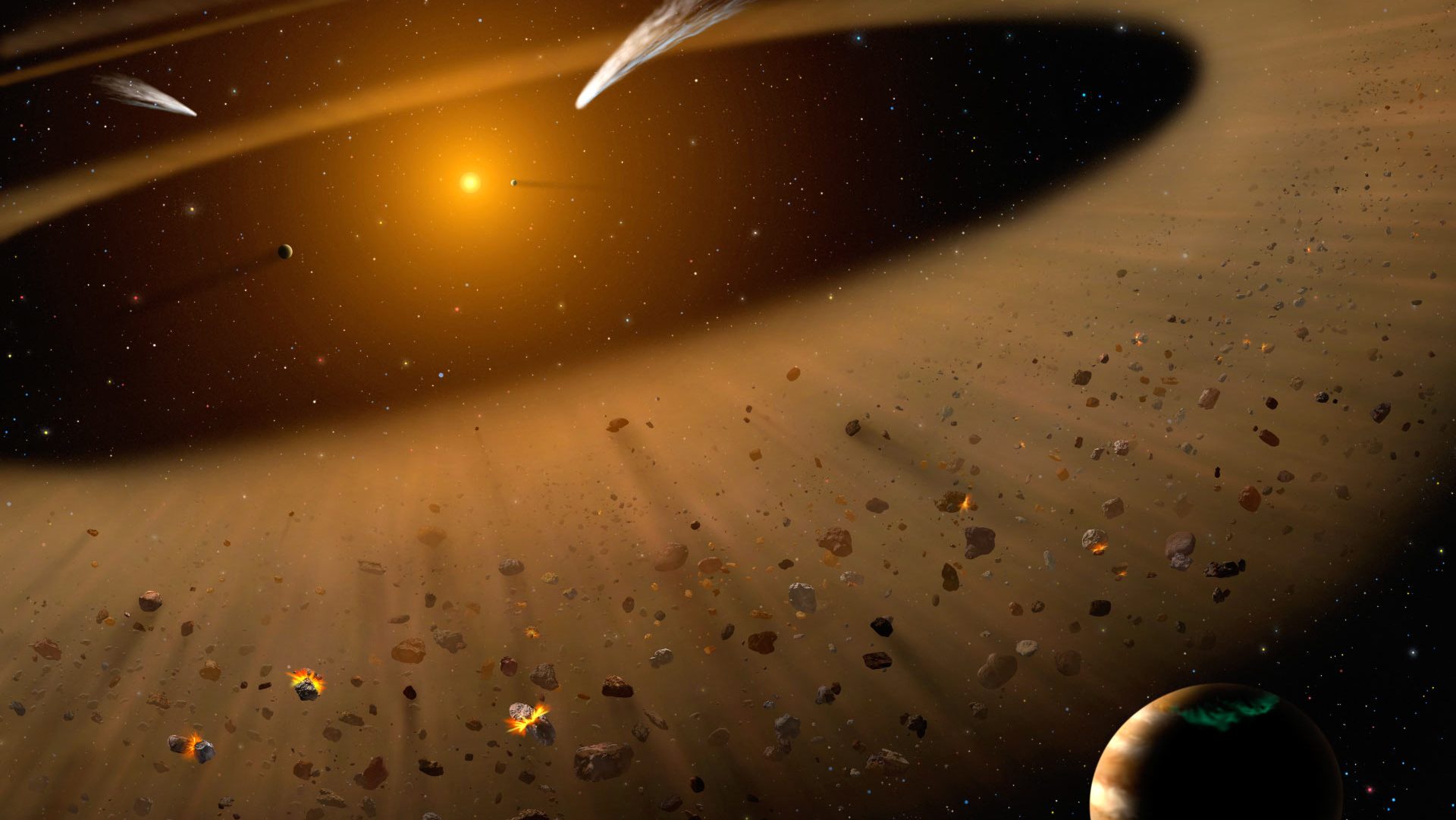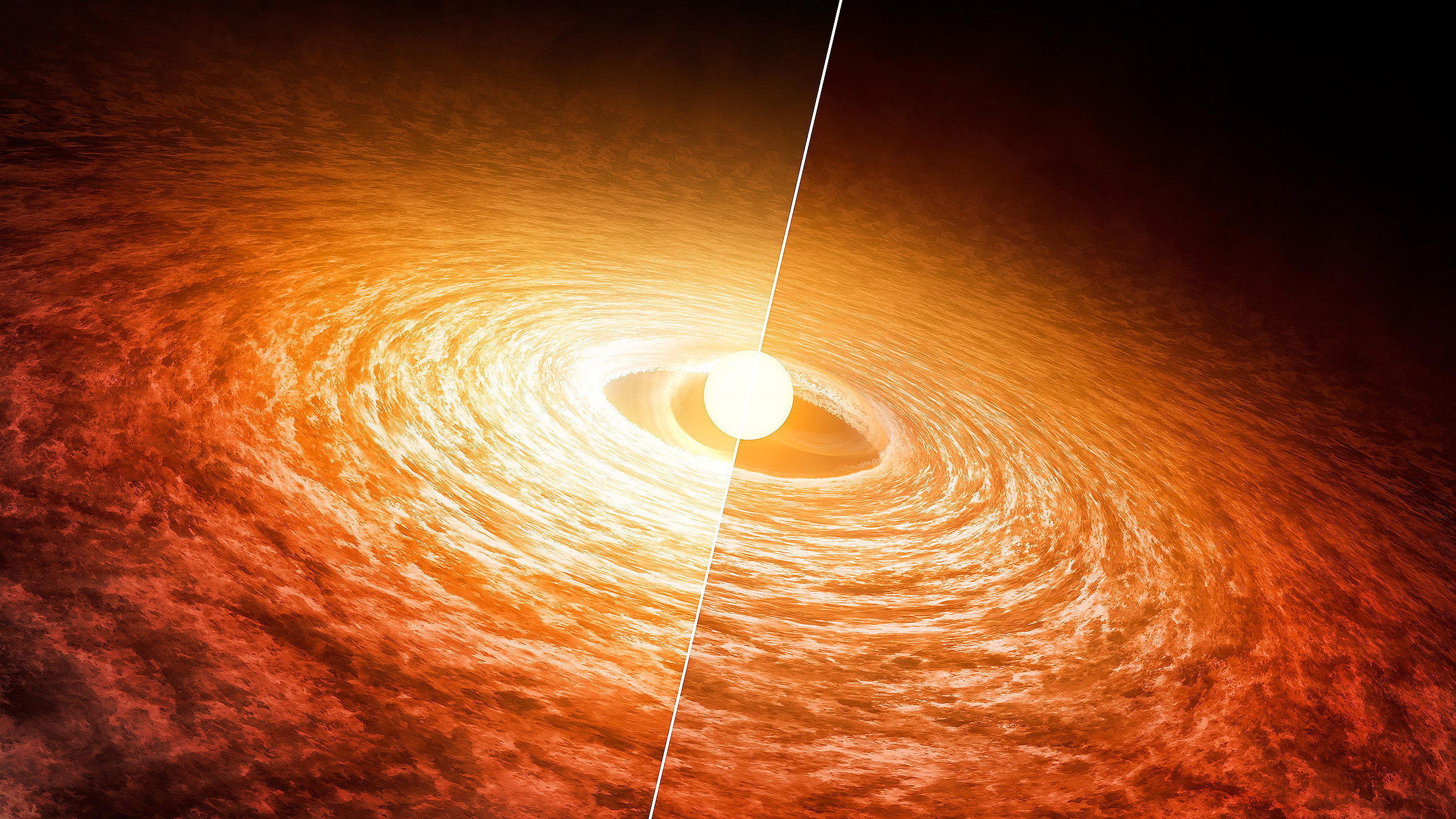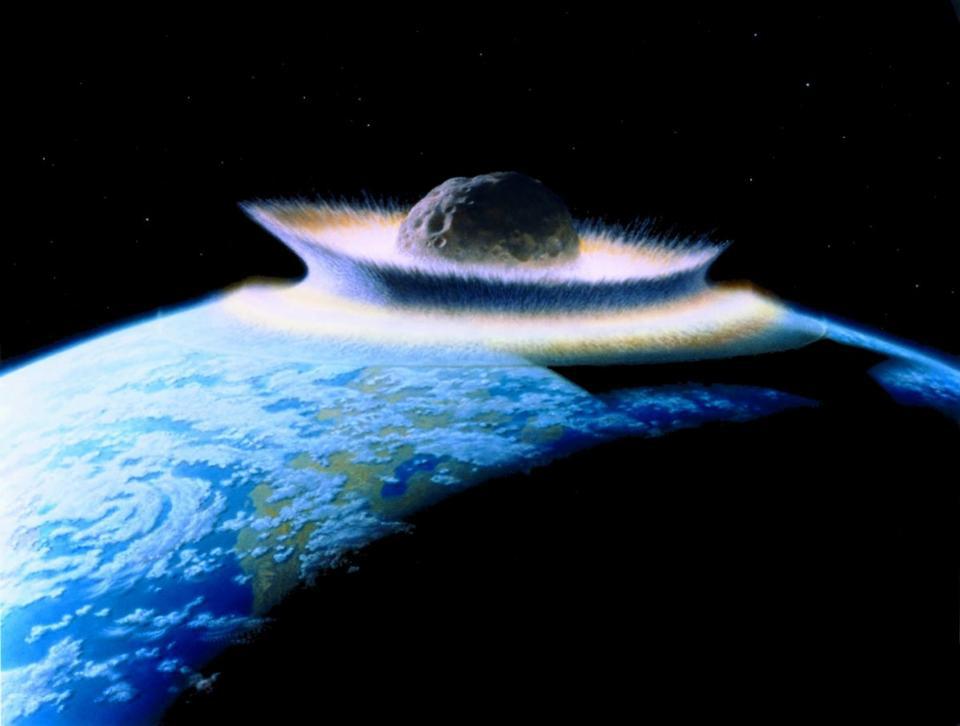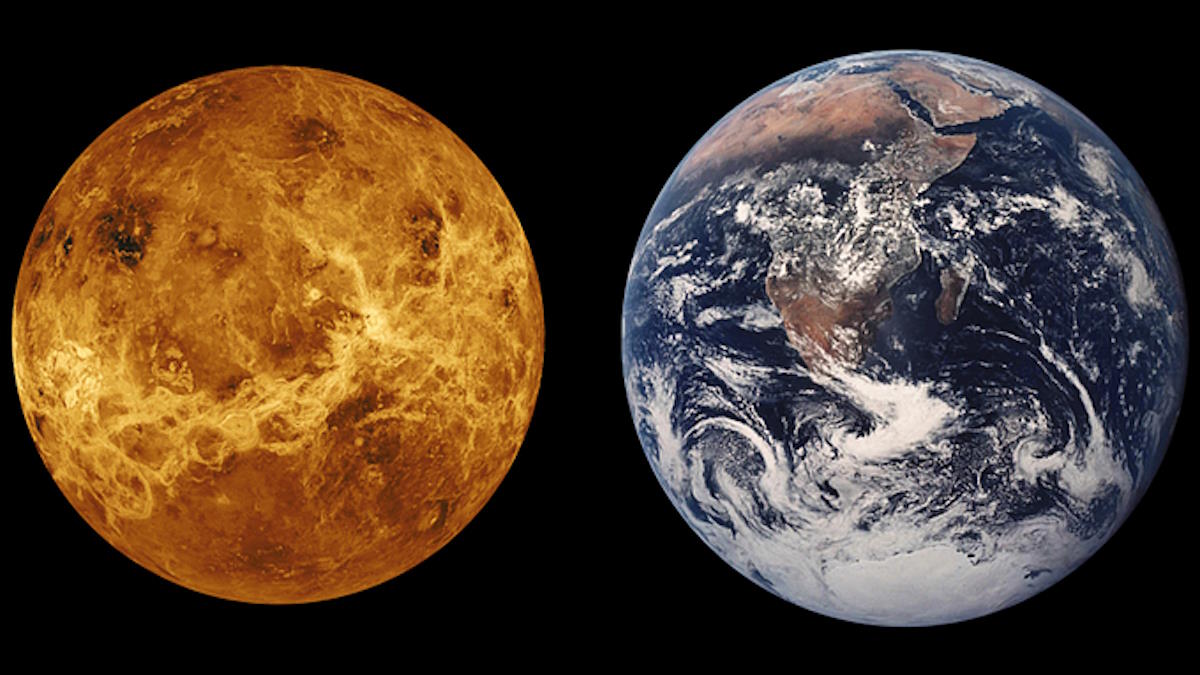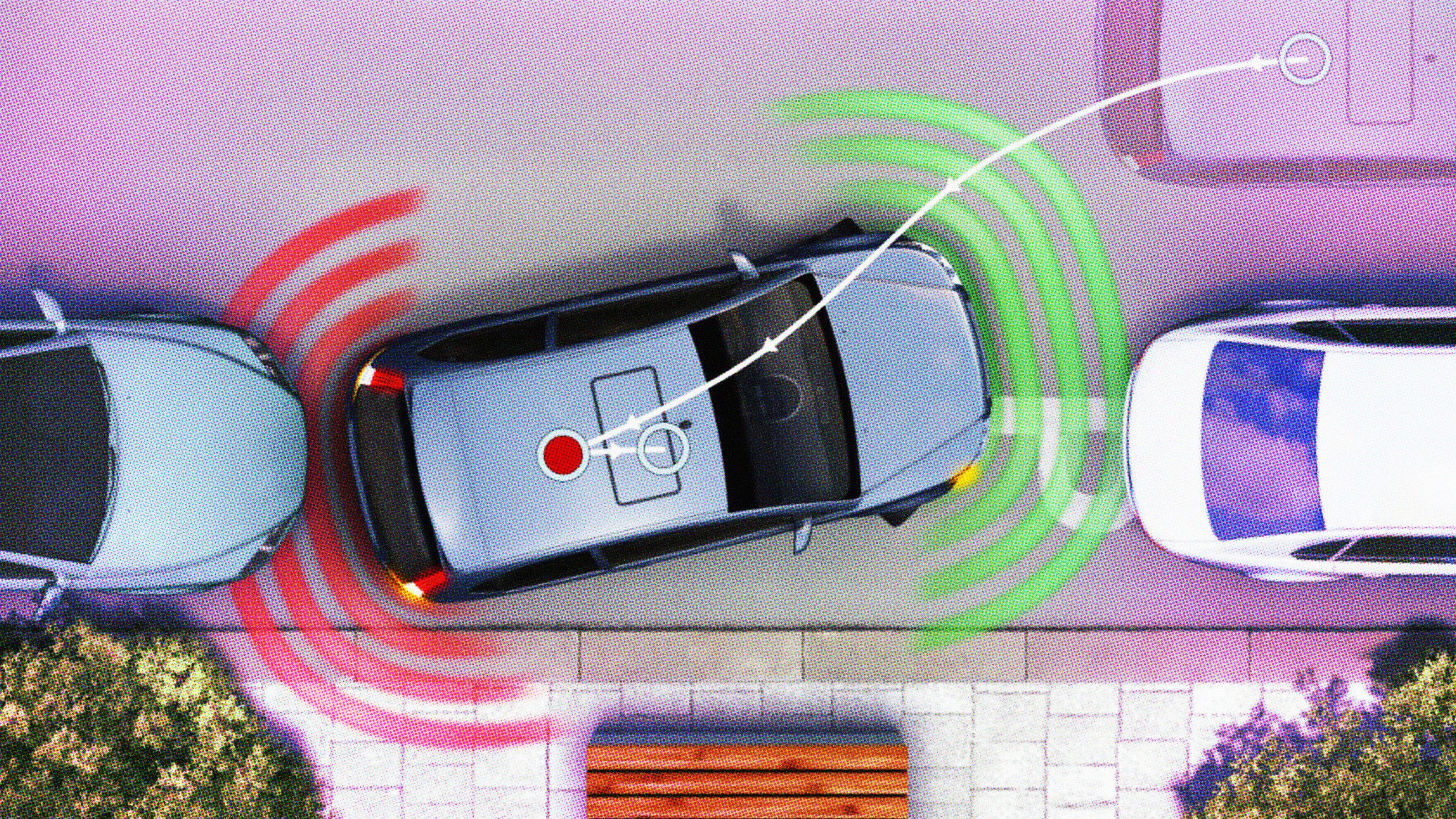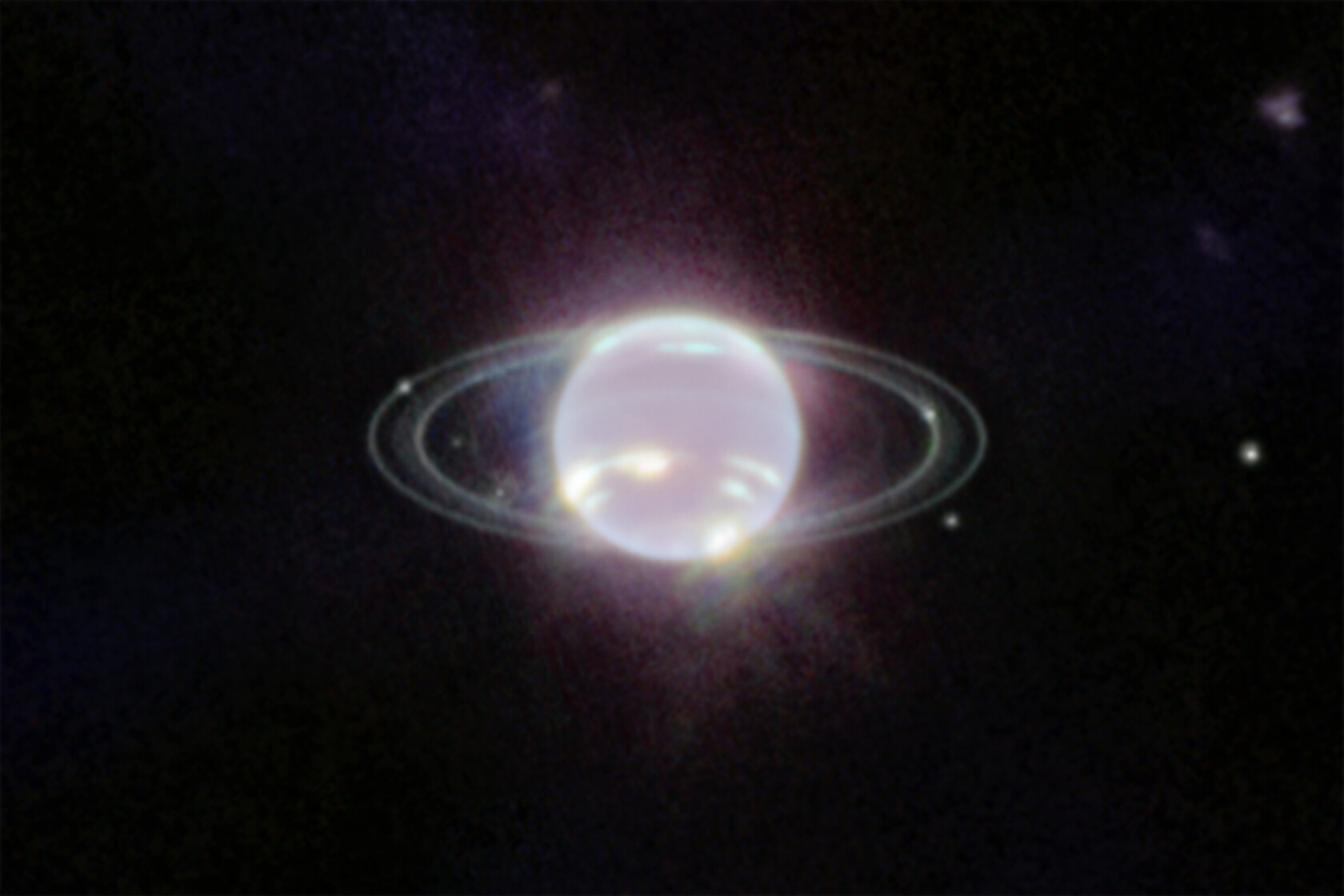The existence of another watery world in the outer solar system may offer clues to how such seas form — and hope for another spot to search for life.
Search Results
You searched for: Systems
Lost in a building or underwater? A new muon-based navigation system could be your guide.
According to Harvard career advisor Gorick Ng, this time-saving system can help us reclaim our work-life sanity.
Our thermodynamic arrow of time explains why the entropy of any isolated system always increases. But it can’t explain what we perceive.
Artificial general intelligence will not arise in systems that only passively receive data. They need to be able to act back on the world.
Susannah Fox, former chief technology officer for the HHS, explains how technology has empowered us to help fill in the cracks of the healthcare system.
Back in 1990, we hadn’t discovered a single planet outside of our Solar System. Here are 10 facts that would’ve surprised every astronomer.
Nearly half of all stars are born in binary systems, with the most massive ones dying the fastest. It’s not pretty for the “second” star.
Neuroscientist and author Bobby Azarian explores the idea that the Universe is a self-organizing system that evolves and learns.
Space weather poses a tremendous threat to all satellites, knocking all computer systems offline. Is that a recipe for Kessler syndrome?
In the early stages of our Solar System, there were three life-friendly planets: Venus, Earth, and Mars. Only Earth thrived. Here’s why.
What the hell is “re-engineering business value creation systems” anyway?
A healthy endocannabinoid system is critical to the human body’s immune functions.
It is humanity’s biggest step yet into the Solar System.
From inside our Solar System, zodiacal light prevents us from seeing true darkness. From billions of miles away, New Horizons finally can.
All biological systems are wildly disordered. Yet somehow, that disorder enables plant photosynthesis to be nearly 100% efficient.
Life is the only physical system that actively uses information.
This oddball system of three stars might be our best chance at finding nearby life in the Universe.
It weakens the bacteria so that the immune system can destroy it.
Straddling the bounds of science and religion, Newton wondered who set the planets in motion. Astrophysics reveals the answer.
The future belongs to complexity.
As AI evolves — and more robotic warfare systems are deployed — the nature of conflict could change beyond recognition.
How Daniel Kahneman and Amos Tversky cracked open behavioral economics and enlightened all our choices.
It took 9.2 billion years of cosmic evolution before our Sun and Solar System even began to form. Such a small event has led to so much.
The mind-blowing theory that everything is evolving—from minerals to music—explained in 3 minutes by a Carnegie scientist.
▸
3 min
—
with
The recently discovered Oort cloud comet, Bernardinelli–Bernstein, has the largest known nucleus: 119 km. Here’s what it could do to Earth.
Out of the four rocky planets in our Solar System, only Earth presently has plate tectonics. But billions of years ago, Venus had them, too.
Newborn stars are surrounded only by a featureless disk. Debris disks persist for hundreds of millions of years. So when do planets form?
Why the road to self-driving vehicles is paved with smarter “dumb” cars.
The James Webb Space Telescope viewed Neptune, our Solar System’s final planet, for the first time. Here’s what we saw, and what it means.
